Solar eclipses are marvelous events to watch. There’s nothing like watching as the moon slowly blocks the light from the sun, turning daytime as dark as night.
In the moments before the moon completely covers the sun—what we call totality—the world around you will begin change.
- Shadows start to take on an odd appearance.
- The sky starts to turn dark, and the temperature begins to drop.
- Wildlife might also start acting bizarre: birds will become very quiet; animals start move toward their sleeping areas; some spiders begin dismantling their webs.
Finally, at totality, the sky will grow very dark—dark enough to actually see bright stars and even planets.
Solar eclipses have amazed people for centuries, and that includes those who lived in the time of Christ.
Crucifixion Darkness: A Solar Eclipse?
Around this time of year, our children will often hear the story of Jesus’ crucifixion, and with this comes the telling of the mysterious darkness that covered the land.
It was now about the sixth hour, and there was darkness over the whole land until the ninth hour, while the sun’s light failed. And the curtain of the temple was torn in two. Then Jesus, calling out with a loud voice, said, “Father, into your hands I commit my spirit!” And having said this he breathed his last. (Luke 23:44-46).
The story provides an opportunity to teach your children a fun science lesson about the sun and the moon.
The Eclipse Experiment
What you need:
- A styrofoam ball (this can be bought at a craft store)
- A pencil
- A very dark room (ideally one with no windows that might let light in)
- A lamp
What your child does:
- Place the lamp somewhere in the dark room and turn on the light. If you’re using a lamp with a shade, take the shade off. Ideally, the light bulb should be eye-level to your child.
- Stick the styrofoam ball on the end of a pencil.
- In this experiment, the light represents the sun, the ball represents the moon, and your child’s head represents the Earth. Facing the light, have your child child stand about 6 or 7 feet from the light and hold his/her arm straight out and a little up, holding the pencil with the ball on top. The ball should not cover the light, but should be positioned just above it from your child’s line of slight.
- Have your child turn very slowly counterclockwise, observing how the lighted portion of the ball looks as they turn.
What you say:
After your child has turned around a couple times, teach your child about the phases of the moon. Show them this diagram and as they turn around slowly, they should see how the lighted sight of the “moon” looks like these different shapes.
- It takes 29½ days for the moon to go through all its phases.
- When the moon is just above or below the sun in the sky, it is a new moon. You can’t see the lighted side.
- As the moon goes around the Earth you see the lighted side a little bit. This is a waxing crescent. “Waxing” means growing or increasing.
- Once you can see half of the lighted side, you see a first-quarter moon. It’s called this because it is one-quarter of the way around your head (i.e. the Earth).
- Once you pass the first quarter you see more than half of the lighted side. This is called a waxing gibbous. “Gibbous” comes from a Latin word that means hunchback.
- Once you’re facing away from the light, you can see all the lighted side of the moon. This is a full moon. We’re halfway through the phases, so the full moon happens about 14 or 15 days after the new moon. (Make sure your child is still holding up his arm so the shadow from his head doesn’t fall on the ball.)
- As you come back around you see less of the lighted side. This is a waning gibbous. “Waning” means decreasing.
- Once you see half of the lighted side again, you are seeing a third-quarter moon. You are now three-quarters of the way around the circle.
- Once you can see the crescent shape again, you are seeing a waning crescent moon.
- Finally, once you are facing the light again, you are back around to a new moon.
Have your child turn in a circle again, only this time, have them hold the ball out in front of them so it covers the light of the lamp.
- When the moon is in a position to cover the light of the sun, this is called a solar eclipse. Notice, a solar eclipse only happens during a new moon.
- As you continue to move in a circle to the full moon, notice how the shadow of your head covers the moon. When the Earth’s shadow covers the moon, this is a lunar eclipse. Notice, a lunar eclipse only happens during a full moon.
The Bible Study: When Did Jesus Die?
Read these passages to your child:
…the Passover is coming, and the Son of Man will be delivered up to be crucified. (Matthew 26:2)
In the first month, on the fourteenth day of the month at twilight, is the Lord‘s Passover. (Leviticus 23:5)
Ask your child these questions:
- Passover was on what day of the first month? – 14th day
- Jewish months start on the new moon. What phase would the moon be in on the Passover? – Because the full moon happens 14-15 days after the new moon, Passover is always near a full moon.
- When was Jesus crucified? – Around the Passover
- Therefore, what was the phase of the moon when Jesus died? – Full moon
- If it was a full moon when Jesus died, could it have been a solar eclipse? – No. Solar eclipses only happen during new moons. (Have your child do the experiment again if they look confused. Have them make a full moon and show how the sun is behind them. The moon cannot cover the light of the sun.)
Another reason we know it wasn’t a solar eclipse is it lasted for three hours. Solar eclipses, at the absolute most, don’t last longer than 7½ minutes.
What was the darkness?
The darkness was a supernatural miracle. The darkness was accompanied by other miracles like the veil of the temple being torn in two from top to bottom (Matt. 27:51; Mark 15:38; Luke 23:45), an earthquake (Matt. 27:51), and the tombs of the dead opening (Matt. 27:52). These events show us Jesus’ death was no ordinary death: it was the death of the Son of God.
Your Kids Can Learn Biblical Astronomy
If your child loves learning about the sun, moon, and stars, they will love Experience Astronomy.
We cover so much in these full-school-year online courses. Students learn about…
- How to identify major constellations
- Ways astronomy connects to fascinating stories in history, literature, folklore, archaeology, and the Bible
- The amazing world of interstellar space—stars, galaxies, black holes, and exoplanets
- How ancient people used astronomy to tell time, create calendars, and navigate the globe
Best yet: I do all the teaching for you through fun, engaging online videos and hands-on activities.

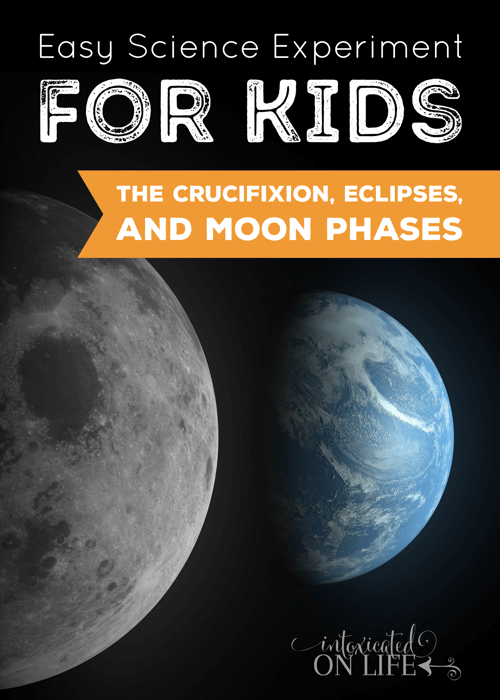

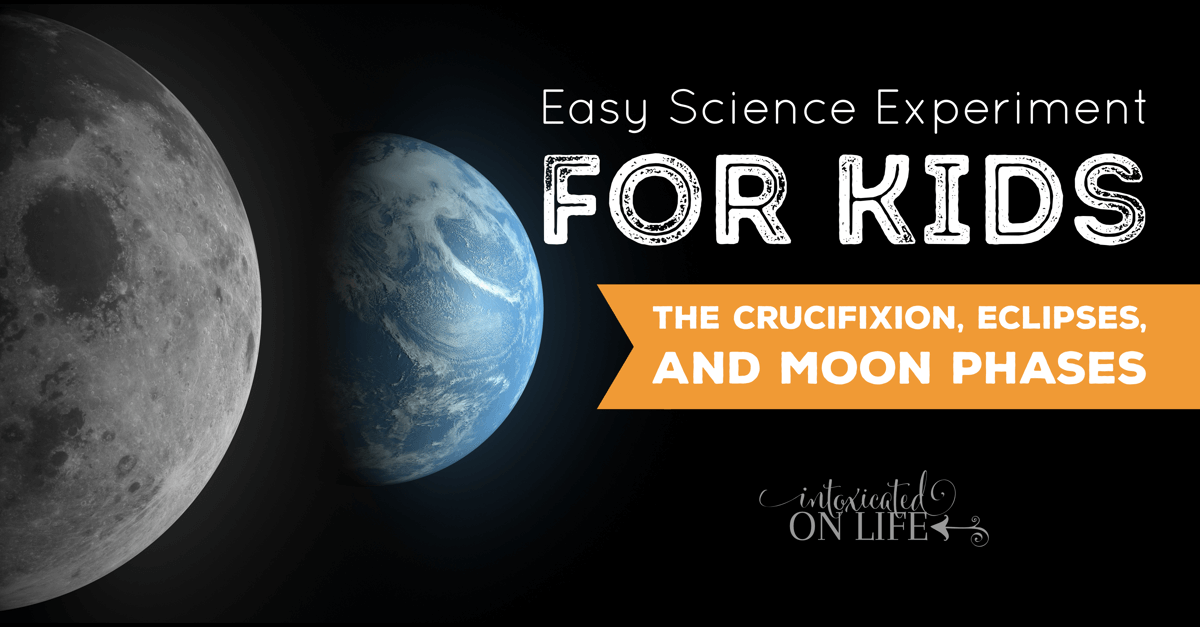
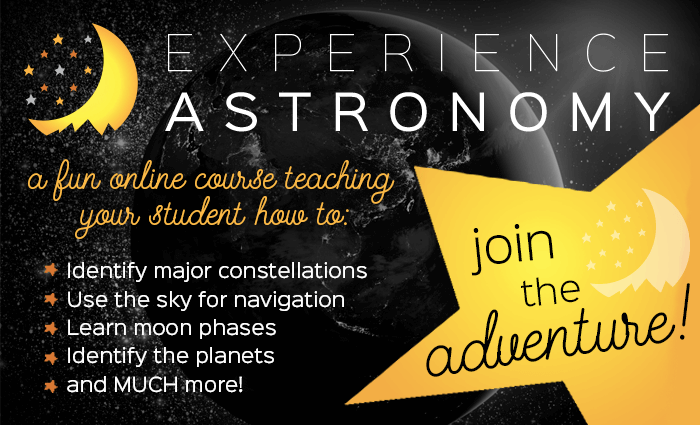
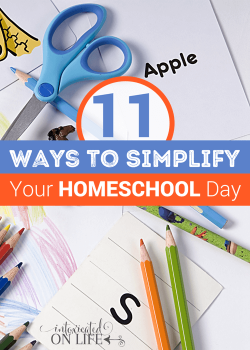
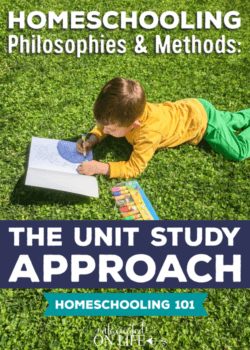


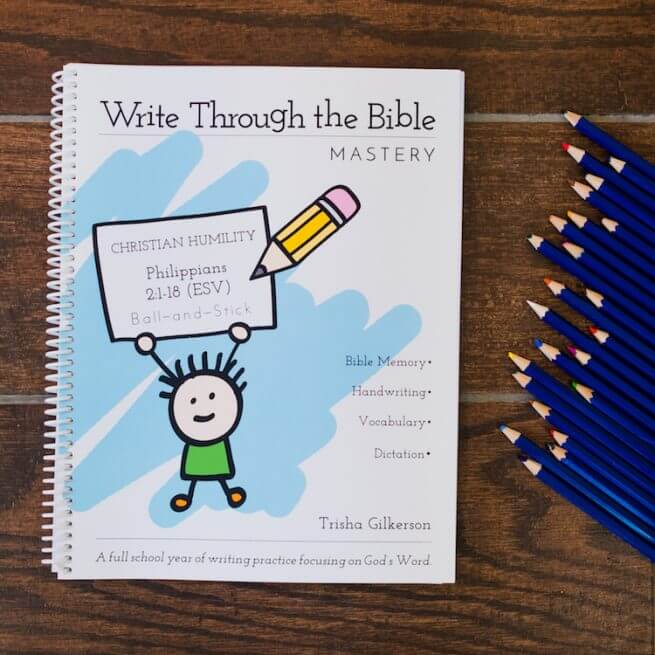
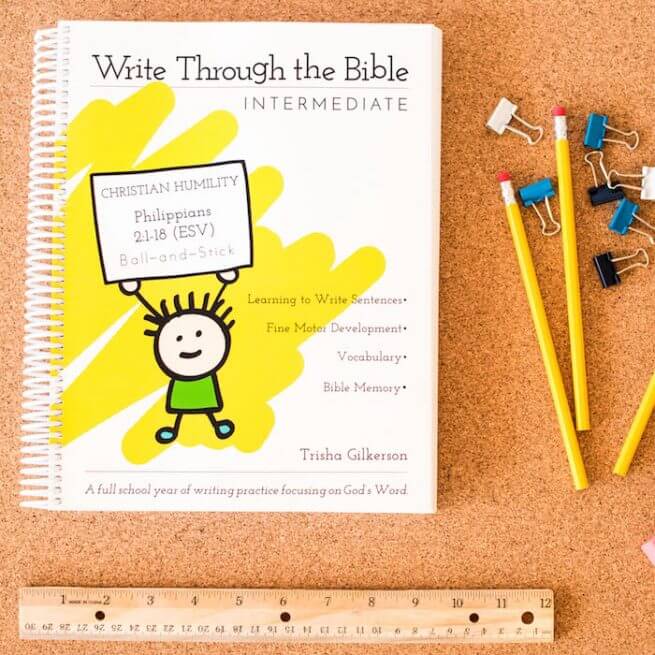
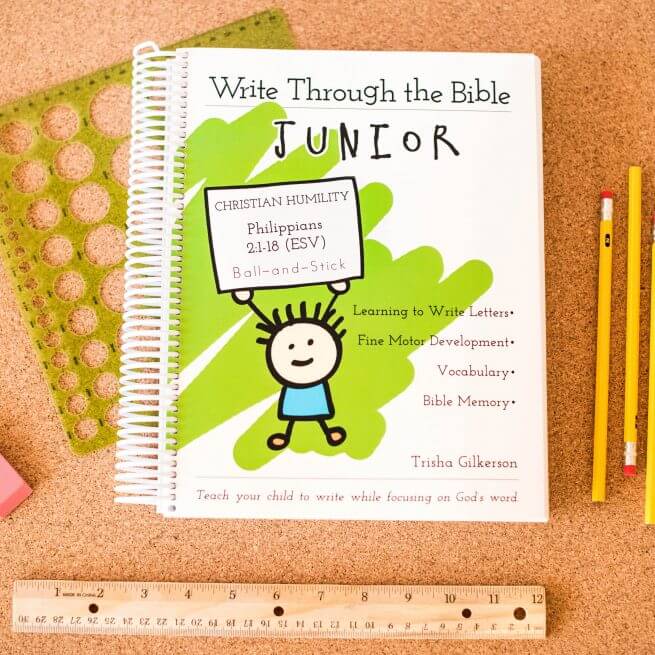
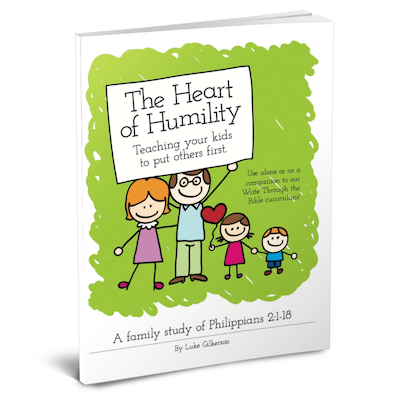

Very Interesting! Would love to see your posts in the Practical Mondays Link Up:)
I love this experiment and how you tie it into Jesus’s Crucifixion. Great, wish my kids were still little to enjoy this. Thanks for sharing at Let’s Get Real Link Party